The latest craze sweeping through classrooms is a spinning fidget toy. It is supposed to be something that will help a child who needs to squirm keep his/her hands busy while still listening to the lesson. I recently saw a discussion on Facebook about these fidgets and it became pretty personal. There were several hundred comments. They ranged from blaming the teachers for not being sensitive to students needs to creative alternatives to the spinning fidgets.
Before we blame anyone, let's take a look at the big picture. Children are starting school or structured child care earlier than ever. The demands placed upon these students is increasing -- standardized tests starting in kindergarten, homework, more curriculum to cover, and after school activities. In addition, we've reduced recess times and the arts are in danger. Students don't have much free time to just be kids. Stress plus a lack of movement contributes to students who need to squirm. Fidgets are simply a band-aid and don't come close to addressing the real needs.
Neil deGrasse Tyson, famed American astrophycist, recently tweeted "During the first years of their lives, we teach children to walk & talk. Thereafter, we tell them to shut up and sit down." To be clear, teachers should not be telling anyone to shut up. We even teach our students not to say that. But this message is relevant. For most teachers, a major goal is a quiet and calm classroom.
So, what can a teacher do? Are fidgets the answer? Are they even helpful?
1. Change your classroom expectations
If you think that the main sign of good classroom management is a quiet classroom where everyone is seated then you might need to change your expectations. How about defining positive classroom behaviors as students who are active, engaged, learning, and following expectations. That sounds wonderful! Teachers do need to have clearly defined expectations, but that does not prevent them from having lessons that are engaging and provide students opportunities for movement.2. Incorporate movement
There are so many great ways to incorporate movement. The tricky part is that you often have to make it intentional and it requires planning. That is my biggest hurdle. I really want to have more of these type of lessons, but I fail to plan or run out of time way too often. So, it also requires making it a priority. A few good options are GoNoodle, dance time, yoga, scoot games, read/write the room, outdoor classroom for a lesson, go for a walk, or take a survey. Even just a few minutes of movement can greatly improve student concentration. I'm challenging myself to add extra movement every day this week. We already were doing some, but this week we will do even more! Will you join me in this challenge?3. Reduce stress
So much stress is placed on teachers and then some of it ends up being passed down to students. There are things we can't change, but there are probably ways we can reduce the stress. Consider lowering the amount of homework or eliminating it. Use encouraging words and growth mindset terminology to build students up regardless of their grades. Teach relaxation strategies. I have a few listed on this blog post that I wrote for National Relaxation Day - now that's a day to celebrate!
4. Use hands-on activities
Interactive activities are a sure way to get your students involved in the lesson. When their hands are actually busy with activities there will be few opportunities to fidget! One good way to do this is through STEAM. This is often referred to as STEM, but I really like the incorporation of Art and I think in the context of our discussion that it makes sense to include it. Most STEAM (Science, Technology, Engineering, Arts, Mathematics) activities include movement. They are hands-on so they students are actively involved. Students are also using higher level thinking and have few chances to be bored.5. Fidget!
Now to the great debate: to fidget or not to fidget! I actually like the idea of fidgets and find them helpful to many students. I am a "fidgeter" myself. I don't like to sit still and if there is something for my hands to do they are usually busy. We used to have an old Ford Crown Victoria that had power door locks (wow!). I would sit in the passenger seat as my husband was driving and click away on that door. I didn't even know I was doing it and it would drive him crazy! I completely understand the need for movement. So, how can it work and not distract others or cause the teacher to lose all patience? Guidelines. Realize that this is something that could help some students and setup boundaries. For me, I look for a fidget that is quiet. I would also say no lights. I just saw that some of the spinners light up! Yuck! That would not work for me. I've seen light up shoes this year that had to be banned because they were like strobe lights - super bright and random flashing patterns. That would definitely be an issue for students who struggle with sensory overload. I also tell my students that when something becomes a toy they lose it for the week. If they are playing with their ruler, they lose it. If they are playing with a fidget, they lose it. Just a reminder usually gets them back on track. Sometimes it doesn't and then I keep it for the rest of the week. Decide on some good options for fidgets. I like the Tangle Jr. fidget because it is quiet and really fun. I actually wrote a letter to my parents recommending it. Some other good options can be play dough, stress balls, and pipe cleaners.I hope that these ideas have been helpful. We all want students who are focused. Simply letting them fidget won't guarantee that, but it can be useful for some students.
Follow my blog, Teacher Treasure Hunter, for more ideas. You can also find me at my TeachersPayTeachers store and social media. My favorite right now is Instagram. I've been posting about lightboxes and books lately! Have a fantastic week and don't forget about the challenge! Let me know if it made a difference in your classroom.






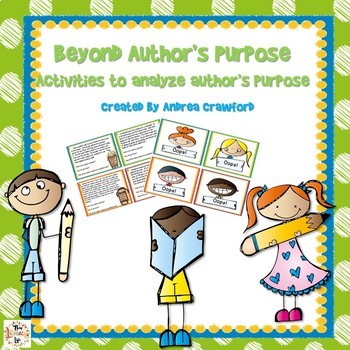



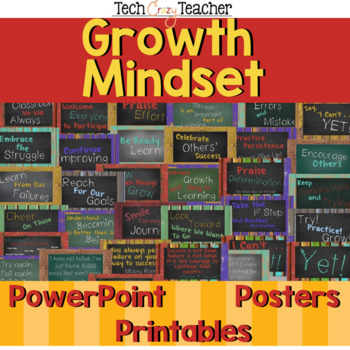
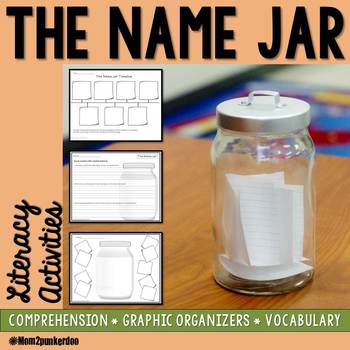

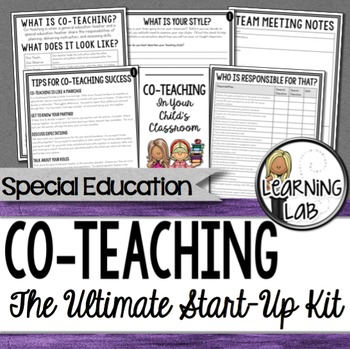


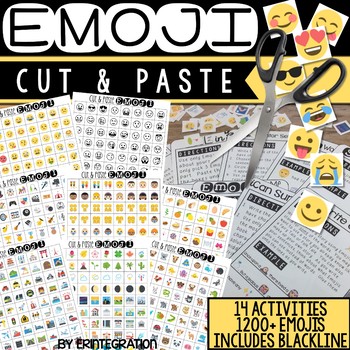
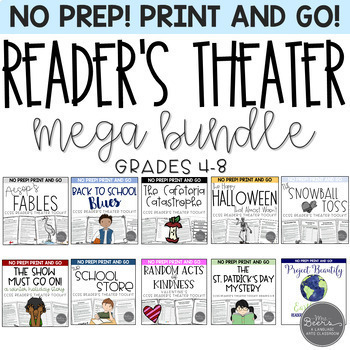



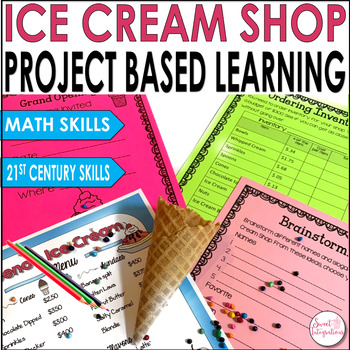




















Love this post. So many great points!
ReplyDeleteThanks, Carla! I have been following several facebook discussions about this issue. It's interesting.
Delete